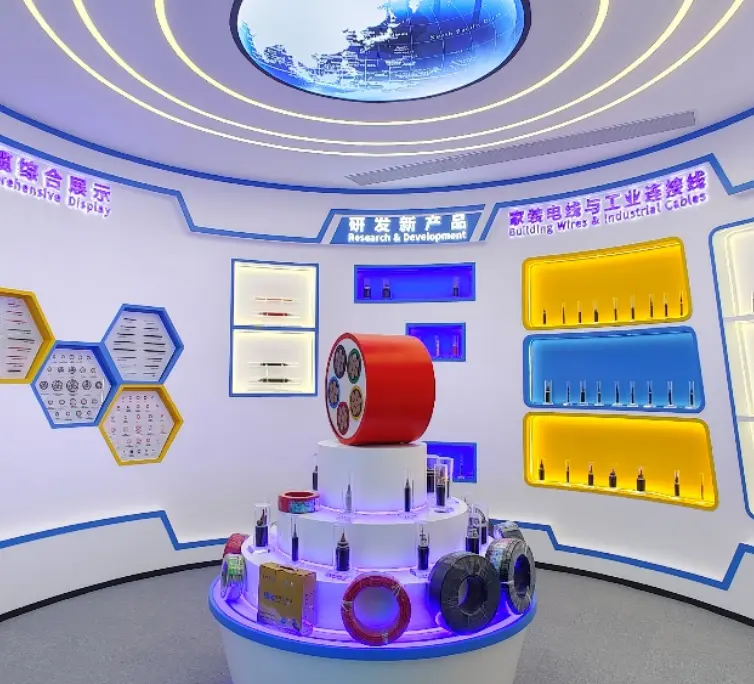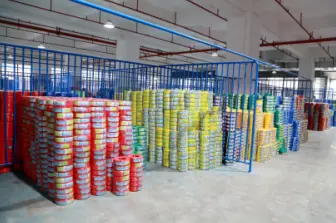Performance and Wiring Requirements for Control Cables
The control cable is a cable that maintains power circuit. The key component of this type of cable is polyethylene, which has excellent insulation performance. This type of cable can work normally under the rated voltage of 450/750 volts, so it can effectively control the operation of the circuit. The application scope of the control cable is very wide, including some companies in factories and mines and large power energy units.
Performance of Control Cables
Control cable has the characteristics of waterproof, corrosion resistance and damage resistance, and can be laid in tunnel construction or cable trenches. The working voltage and current of the control cable are not large, and it has high anti-interference capabilities. The rated current is generally 450/750V, and there are many cable models available. According to specifications, there are many models with 61 cores, but they can also be customized according to customer requirements. The cross-sectional specifications of general cable lines are relatively small, and control cables with shielded layers can be selected for areas with high specifications. The control cable allows long-term operating temperature not exceeding 70°C, the maximum delay time in case of short circuit fault does not exceed 5 seconds, the highest temperature of the cable conductor does not exceed 160°C, and the operating temperature when laying the cable should be no less than 0°C, otherwise preheating is required.
Wiring Requirements for Control Cables
Eaves: The control cable can be used in a LAN cable that is not immediately exposed to direct sunlight or high temperatures and pressures, and it is recommended to use a pipeline. Cables without UV protection should not be used in natural environments exposed to sunlight.
External walls: Prevent direct sunlight and human damage to the external walls. The temperature inside the metal material pipeline or cable tray is high, and many aggregation materials can reduce their service life at such temperatures.
Inside the pipeline (plastic or metal): If it is inside the pipeline, pay attention to the damage of the plastic pipeline and the heat transfer of the metal material pipeline. The repair of optical cable control cables is very expensive, and at least two wire connections must be made at each break point.
Suspended / aerial cables: Consider the relaxation and working pressure of the cables. Whether the cables are directly exposed to the sunlight.
Buried in underground cable trenches: This type of environment has a small operating range. The installation of cable trenches should be regularly checked for dryness or wet and cold levels. If the shielding layer of the operating cable must be grounded, it must comply with the corresponding specifications.
Underground pipelines: In order to facilitate future upgrades, cable replacement, and protection against working pressure and surrounding environmental protection, auxiliary pipelines are a good option. However, do not rely on the pipeline to always be dry, as this will affect the selection of cable types.
Latest News & Blog
 English
English  français
français  Deutsch
Deutsch  العربية
العربية  tiếng việt
tiếng việt  ไทย
ไทย  čeština
čeština  Indonesia
Indonesia  Eesti
Eesti  български
български  slovenčina
slovenčina 



